Lemongrass is a perennial in zones 10 and 11 since it is native to the tropics. Bring it indoors for the winter if you stay in Zones 9 or below and want to keep it perennial. There are many distinct species of lemongrass that people can refer to when they use the term. East and West Indian lemongrass are among these varieties. Let’s find out how to make money from growing lemongrass in India.
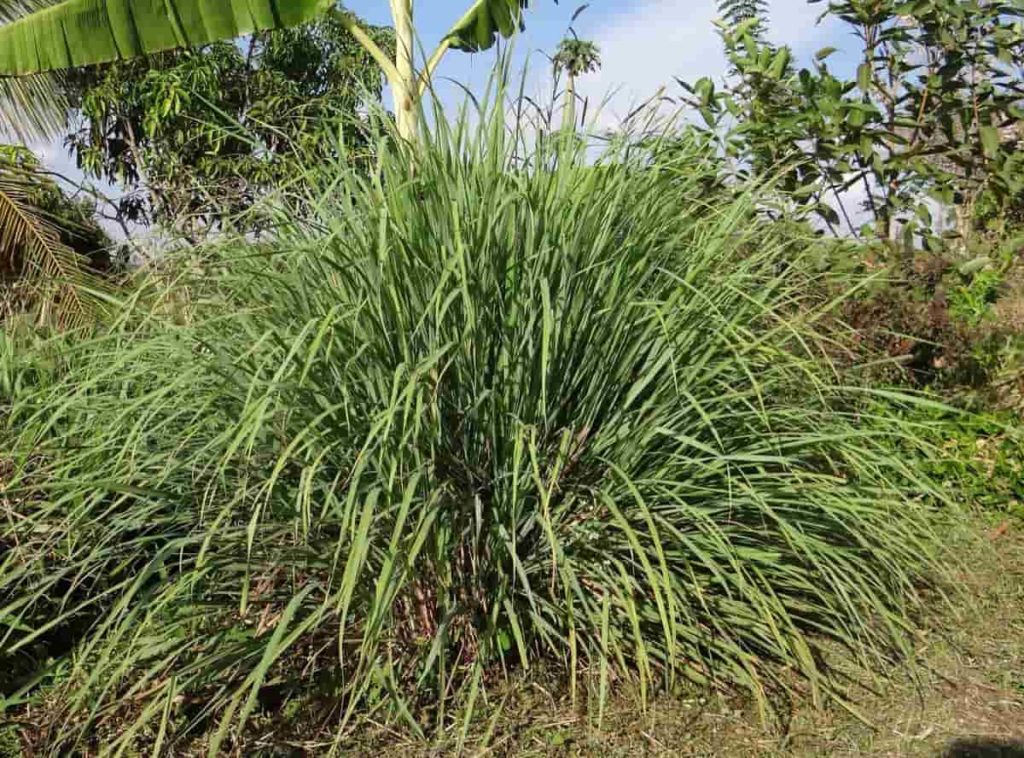
In addition to the plant’s lovely green leaves and study arching form, it will provide visual interest to your garden or yard. Eligible leaves and stalks are included in various cuisines for their flavor and scent. Citrusy aroma and taste abound in these plants. There are many ways to utilize its leaves, including in recipes such as soups and curries, although it is generally removed after cooking since it can be quite fibrous.
The tender inner core of the stalk develops once the stalks are at least half an inch in diameter and is the most prized part of this plant. Initially, immature stalks are mostly fibrous leaves, but as they mature, a softcore appears, which can be cut and cooked without removing the fibrous leaves.
Financial aspects of lemongrass cultivation
Lemongrass cultivation has become a good choice for our farmers because of increased demand, mainly from exports. Only via exporting can one get a decent return on investment with a bit of money invested. Lemongrass can be grown in India because of the country’s climate and topography.
More than a quarter of the world’s lemongrass comes from India, which produces over 1800 metric tonnes each year. Lemongrass growing has become a booming industry because of the massive demand for its diverse uses, notably via imports. Even though it is exported from several nations, Lemongrass still has a healthy market and high profits. Lemongrass oil is often sold in India for Rs 1200 per kilogram. A primary guess is made, on a 1 hectare of land, about 480 kg of lemongrass oil can be produced yearly.
In case you missed it: How to Make Money from Growing Plants at Home in India
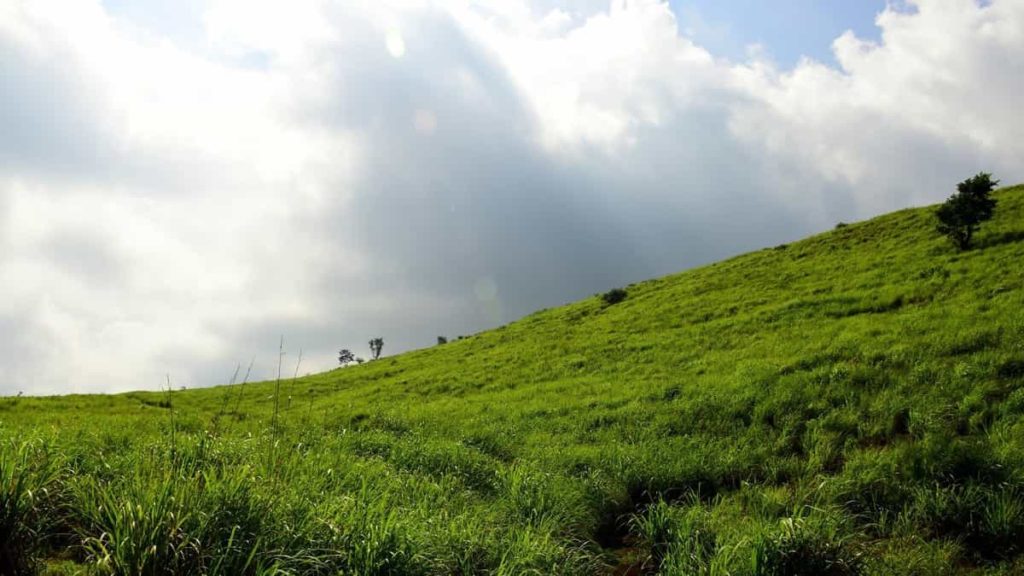
An annual profit of Rs 5,76,000 can be expected, including the cultivation costs. Let’s take a look at the expense of cultivating lemongrass. Lemongrass leaves can be harvested every three to four months for five to six years. Only two leaf extractions are possible in the first year; however, three to four leaf extractions are possible in the second year in the second year. Lemongrass saplings and seeds cost about 2-5 rupees each, and a hectare of land will require about 50,000 of them.
There will be separate charges for manure, fertilizer, weed-killing chemicals, an extraction machine, a water pump, electricity, and fuel. The return on investment (ROI) and profit can be as high as 15%-22%.
How to make money from growing Lemongrass in India
Climate and soil requirements
Hardy and adaptable, these plants thrive in a wide range of environments. The ideal environment consists of a warm, humid climate with lots of sunlight and consistently distributed rainfall of 250-280 cm per year—however, it’s, it’s possible to grow it on slopes with poor soils. The optimal soil pH is between 4.5 and 7.5. They can be cultivated as a cover for eroded slopes because of their soil-binding properties.
Soil preparation
The soil should be finely ground to make a seedbed to create a seedbed, and the bed itself should be elevated. The soil is treated throughout the bed formation process using leaf mold and farmyard manures using leaf mold and farmyard manure. You’ll need 15 to 20 kilograms of seeds for a hectare of seedlings. Cut grass materials cover the seeds planted in lines 10 cm apart. Transplanting can begin as soon as the seedlings reach a height of 12 to 15 centimeters or around two months old.
In case you missed it: How to Take a Cream Stone Ice Cream Franchise in India: How To Apply, Cost.
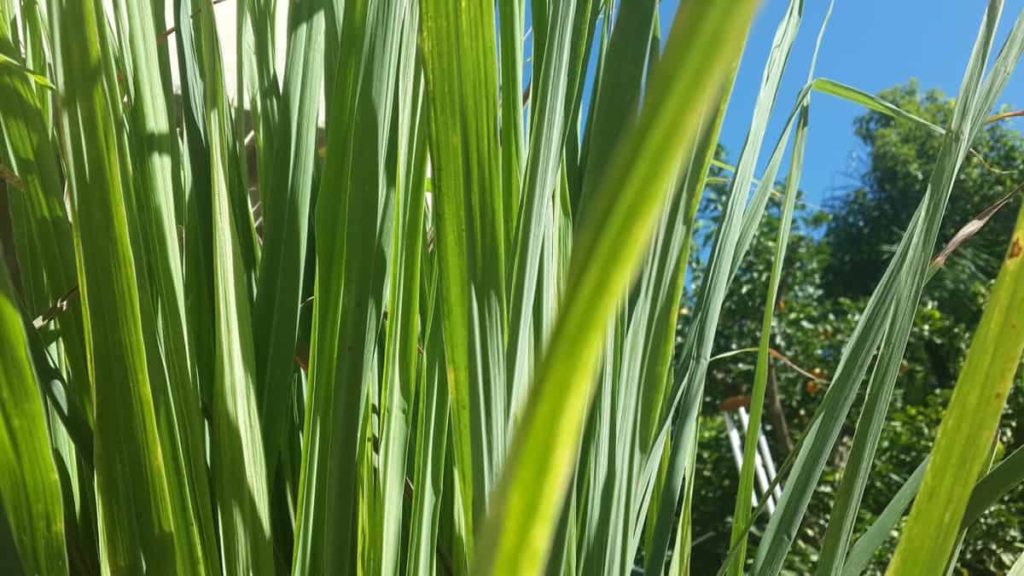
Propagation
By seeds
If you want to grow lemongrass from seeing in the spring, do so in the spring. Wait until the threat of frost has gone before sowing directly into the ground. Choose a place that receives full sunlight and has well-drained, nitrogen-rich soil. Sow the seeds one at a time, six inches apart. Seeds require just a tiny sprinkling of soil to germinate, so don’t overdo it. It can take up to 3 weeks for seedlings to sprout, ensuring the soil is kept wet. When the seedlings are a few inches tall, thin each plant to two feet apart.
The seedlings that you remove can be transplanted to another area. Plant seeds in seedling trays or pots one month before the expected last frost date if you are beginning them inside. Choose a pot that is at least one foot broad and one foot deep if you wish to grow plants. There is a good chance the container will be wholly occupied with lemongrass before you know it. Keeping it contained in pots is an excellent strategy if you don’t want your garden or yard to get overrun by this invasive species.
Seeds should be planted six inches apart in nutrient-rich soil. Thin seedlings or groups of plants to 1-2 feet apart after reaching a few inches height is time to move seedlings when they are 3 inches tall, and there is no risk of frost. You can do this when they are ready. Rows should be 2-3 feet apart, and plants should be spaced at 2 feet or more.
By cuttings
It is possible to propagate lemongrass cuttings from mature plants. A cutting can be made by slicing the stalk neatly about an inch from the ground using a knife. Leaving the stalk in the background will enable it to repopulate. The higher half of the stalk should be cut off, leaving just the lowest three to four inches of the stem.
The vegetable area of your local grocery store likely has lemongrass if you don’t have some growing at home. In Indian marketplaces, you’re likely to run across this plant. It’s essential to keep at least 3-4 inches of stalk attached after removing the leaves so that the roots can grow properly. No part of the stem’s bottom should be harmed. The plant will not be able to grow roots this way.
In case you missed it: How to Start a Packers and Movers Business in India?
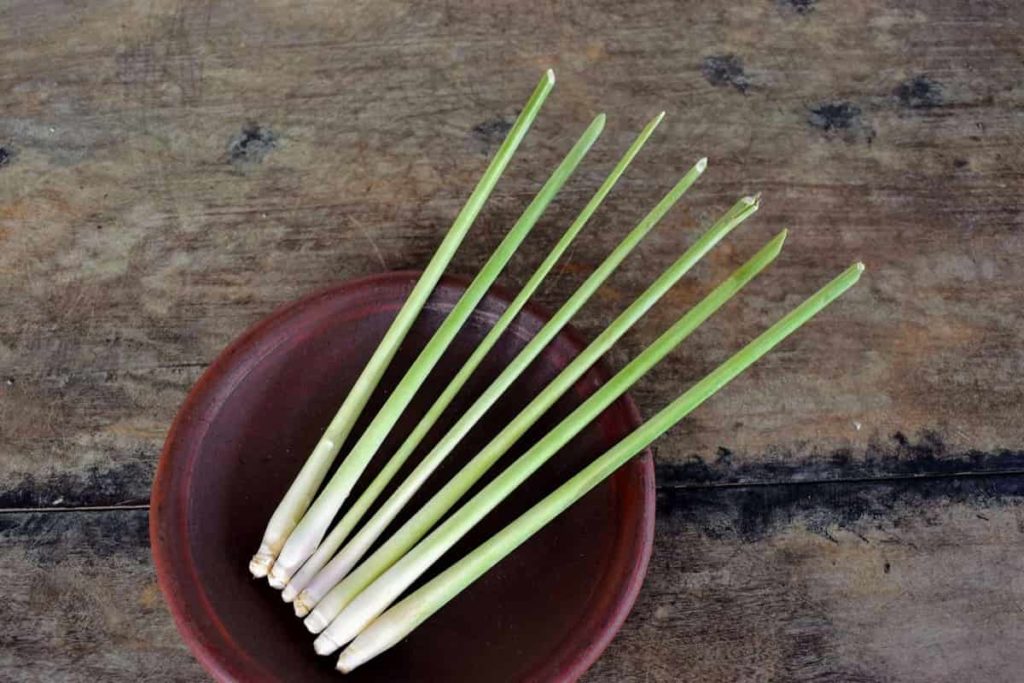
Place your cutting in a cup of water, with the base of the stalk immersed, and let it root. Water should be changed daily. Within a week, the plant’s roots will begin to develop. Within two to three weeks, the roots will have grown to a size that allows the plant to stand independently. Lemongrass can now be grown in a pot or outside in nutrient-rich soil. Dugout a hole about half an inch deep, placed the cutting root side down, and then covered the stem with earth. Within two to three months of planting them, you will be able to begin harvesting.
Growing lemongrass in India
Colder conditions will kill off lemongrass since it is a short-lived perennial. All year-round, you may grow it outdoors in Zone 10 or above. Once it’s up and running, it doesn’t need much upkeep. Growing your plants in pots is the most convenient method of protecting them. When the possibility of frost looms, you can use this method to bring your containers inside and keep them safe from the freezing weather.
Lemongrass grows best in bright sunlight and moist, well-draining soil rich in organic matter, planted in containers or on the ground. Plants produced from seed can be harvested in 75 to 100 days. In warm areas, if you keep the plants uncut beyond this stage, they will keep growing and give year-round interest in the garden. They can be removed and composted after the season’s first frost after they die.
Watering
Watering should be done every 4-6 days throughout the summer, which February to June. In the first month, apply irrigation every three days and every seven to ten days afterward. During the warm months, the crop requires 4-6 irrigations.
Pests management
Stem boring caterpillar: A caterpillar that bores a hole in the bottom of the stem and feeds on the plant is a stem boring caterpillar. The first sign is the drying of the center leaf. Next, Folidol E 605 spray is used to treat pests.
Nematodes: They spread across the whole plant. Fenamiphos are used to prevent pests from damaging the crop.
In case you missed it: How to Take a Starbucks Franchise in India: How to Apply, Price Details.
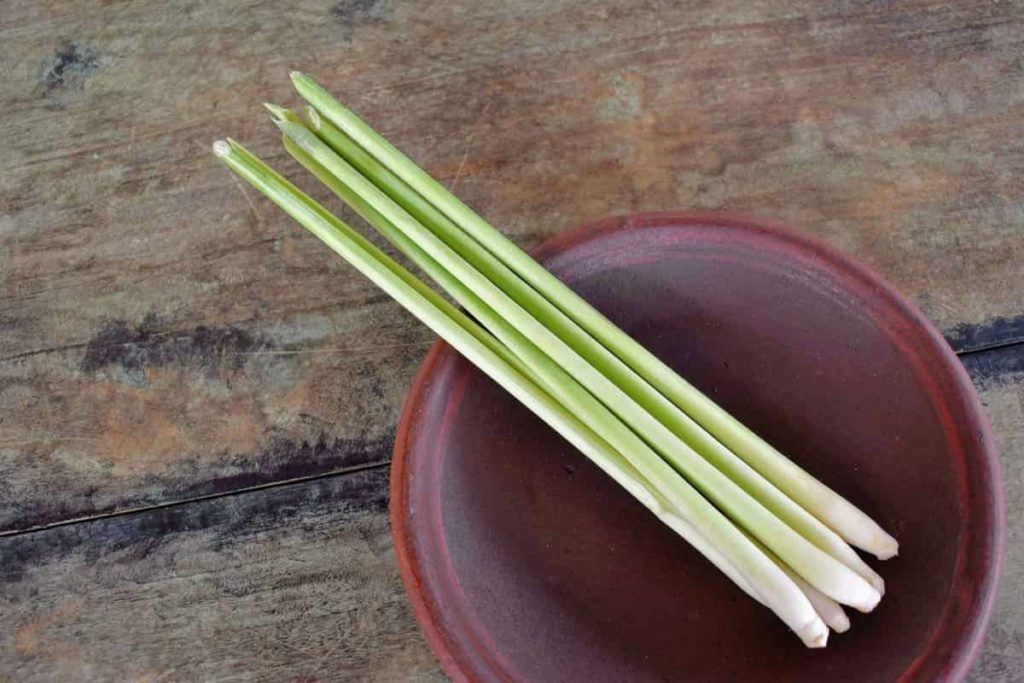
Diseases management
Red leaf spot: A brown spot with concentric rings appears on the underside of the leaves. Later, the spot becomes more extensive and the whole leaf dries up. Bavistin or Dithane M-45 should be used for 10 to 12 days.
Long smut: The flowers are beginning to turn a cream tint. Initially, the disease spreads to only the tips of the flower and subsequently spreads to the rest of the plant. Using Dithane or Cersan or Emisan-6 on the seeds before planting can considerably reduce the smut.
Rust: A brown and distinct uredinia on the bottom surface of leaves with chlorotic streaks is a symptom of the illness known as rust. Pesticides like Dithane Copper Oxychloride or Plantavax can be used at intervals of 10 to 12 days to kill the disease and prevent it from spreading.
Minor leaf disease: It slows and shortens the growth of a plant’s leaves. To minimize disease transmission, spray Dithane Z-78 10-12 days before flowering.
Leaf blight: Infected leaves develop round, reddish-brown patches on the tips and edges due to leaf blight. They cause the leaves to drop prematurely and spread the disease. Spraying Dithane Z-78 every 10-12 days or spraying Copper oxychloride is the recommended treatment for this condition.
Harvesting
Plants begin yielding within a few months after being planted. Every 60-70 days or so, the crop is harvested. A sickle can be used to harvest lemongrass. Harvesting begins in May and lasts until the first week of January. Using a sickle, the grass is harvested at 10-15 cm above the ground.
Machinery used for extracting oil from lemongrass
Different kinds of machinery are used to extract oil from lemongrass, such as the condenser, evaporate vessel, condensation pump, pump for cooling water, steam boiler, cooling tower, and Florentine flask. A wide range of factors can affect both the cost of cultivation and profit, such as soil quality, how it is farmed, the cost of resources used, and how much oil is produced from the leaves.
In case you missed it: Top 15 Franchise Businesses in India
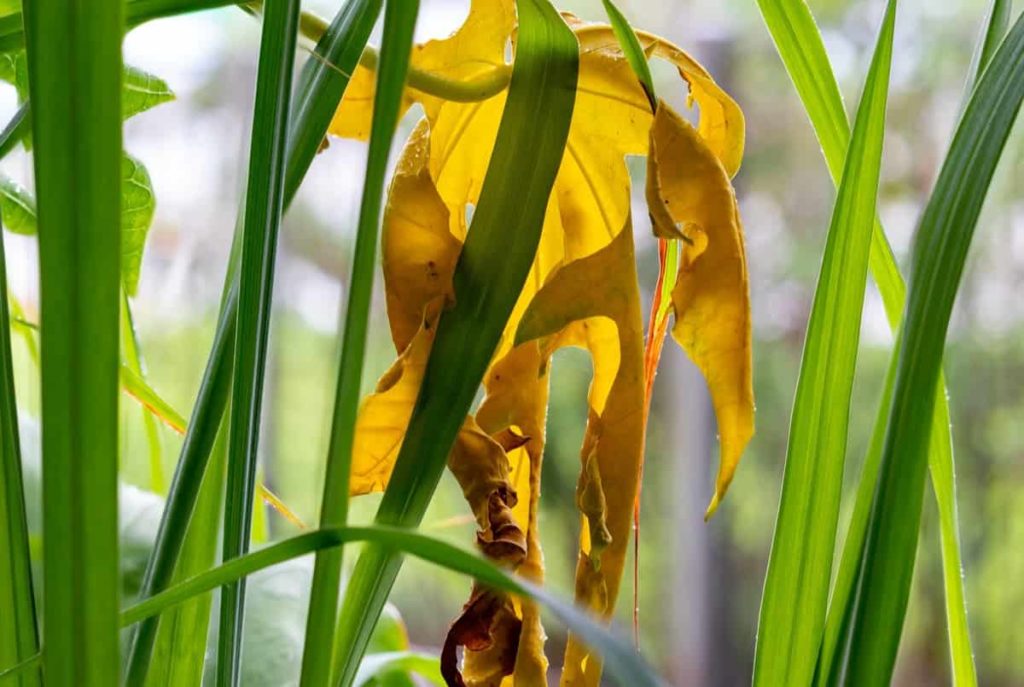
Marketing and selling of lemongrass oil
The price of a kilogram of raw lemongrass oil is about Rs 1200. So if you want to generate more money, you’ll need to find a place where you can sell your oil for a fair price. Several enterprises utilize lemongrass oil for various uses, such as in fragrances, cosmetics, and even medicine.
Lemongrass can be used to make small items that you can produce or package with little resources and expenditure. The price of this product, if offered directly to consumers, would be two times more than the price of lemongrass oil. Learn more about lemongrass cultivation and associated businesses by contacting those involved.
- Handicraft Making at Home: A Small Profitable Business Idea
- Pet-Tech Startups: Innovations for Animal Lovers
- Tech Repair Services: Meeting the Demand for Gadget Maintenance
- Maximizing Rewards: Smart Credit Card Habits for Cashback and Points
- Ultimate Guide to Making Money from Goat Milk Business
- How to Start an Agricultural Value Added Product Business
- Value-Added Business Ideas for Greenhouse: The Best Ways to Make Profits with Greenhouse Farming
- How to Make Profits with Organic Country Chicken: Best Strategies for Beginners
- 10 Value-added Business Ideas for Millets: Low-investment and Highly Profitable
- Why Cleaning Service Business Becoming More Profitable in Metro Cities in India
- 10 Best Businesses to Start in Ayodhya for Profits
- Top Drone Business Ideas in India: Unlocking Aerial Innovation & Opportunities
- Top 10 Service Businesses You Can Start with No Money
- Ultimate Guide to Starting a Home-Based Advertising Agency Business
- Starting a Nail Salon Near Your Location: Check List, Business Plan, Licensing, and Opening Instructions
- Construction Company Name Ideas: Guide to Create New Construction Company Names
- 8 Best Small Businesses to Start in Hyderabad: Low-Cost and Profitable
- 10 Best Small Businesses to Start in Massachusetts: Low-Cost and Profitable
- 10 Best Small Businesses to Start in Maryland: Low-Investment and Profitable
- 10 Best Small Businesses to Start in Delaware: Low-Investment and Profitable
- 10 Best Small Businesses to Start in Connecticut: Low-Investment and Profitable
- Top 10 Best Online Pet Business Ideas: Exploring Cats to Dogs
- 10 Best Small Businesses to Start in Colorado: Low-Investment and Profitable
- Top 10 Profitable Small Business Ideas in California: Low-Investment Tips
- From Little Rock to Fayetteville: Top 10 Profitable Small Business Ideas in Arkansas
- Top 10 Profitable Small Business Ideas in Alabama: Discover Opportunities in Alabama’s Growing Cities
- Top 10 Profitable Small Business Ideas in Arizona: Discover Opportunities in Arizona’s Growing Cities
- Golf Business Ideas: Exploring Golf Course Money Making Ideas
- Low Capital Profitable Small Farm Ideas: Farming Ideas to Make Money
- How to Write a Business Plan for Daycare: Exploring from Financial Projections to Risk Management
- Home Daycare License Requirements: Exploring State-wise In-home Daycare Requirements
- How Profitable is Day Care Business: How Much Does a Daycare Owner Make a Month or Year?
- How to Open a Daycare Center in Toronto, Canada: Business Plan, Licenses and Permits
- How to Start Meal Prep and Delivery Services: A Popular Business Idea
- How to Start a Milk Chilling Plant Business
- How to Start Coconut Shell Charcoal Business: Business Plan for Maximizing Profits